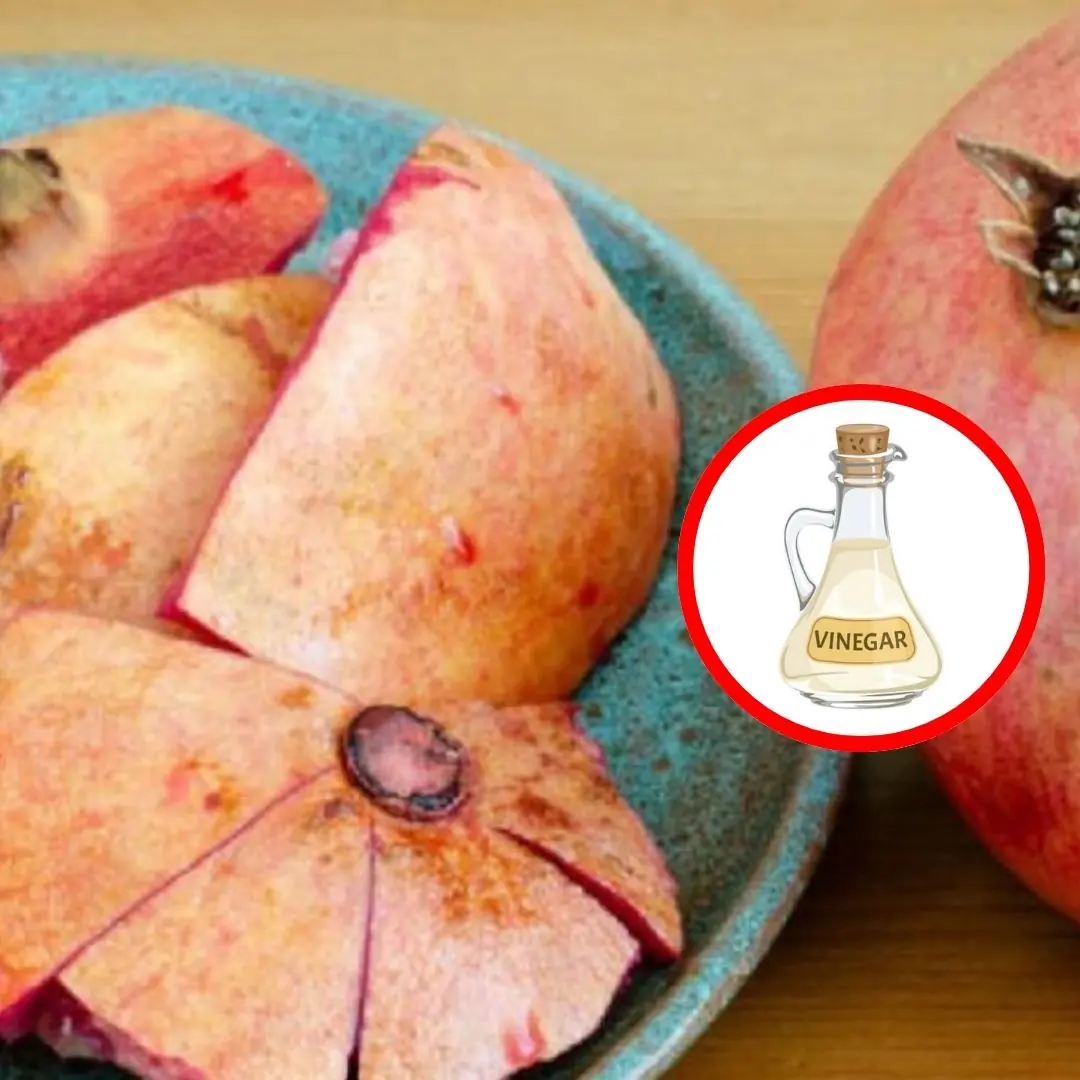
If the pan loses its non-stick coating, don't throw it away.
How to Restore Your Non-Stick Pan: A Simple Method to Bring It Back to Life
Non-stick pans are a kitchen essential, making cooking and cleaning up much easier. However, over time, the non-stick coating can wear off, especially if the pan is used regularly or exposed to high temperatures. This can lead to food sticking, ruining the cooking experience, and making the pan look old and worn out.
But before you throw away that pan and buy a new one, there is a simple and effective method to restore the non-stick surface and bring the pan back to life. Here’s how you can make your old pan look and perform like new again with just a few basic steps and ingredients.
Why Does the Non-Stick Coating Wear Off?
Before we dive into the restoration method, it's essential to understand why your non-stick pan loses its coating in the first place. The non-stick surface, typically made of Teflon, is designed to prevent food from sticking to the surface. However, with frequent use, high heat, and improper cleaning methods, the coating can deteriorate.
-
Scratches from utensils: Metal spoons and spatulas can scratch the non-stick surface, causing it to lose its effectiveness.
-
Overheating: Using the pan on high heat can break down the non-stick coating over time.
-
Improper cleaning: Scrubbing the pan with harsh sponges or abrasive cleaning materials can strip away the coating.
These factors cause the non-stick surface to break down, leading to food sticking to the pan. But instead of discarding your beloved cookware, you can restore it with a simple fix.
What You’ll Need to Restore Your Non-Stick Pan
You don’t need any fancy chemicals or expensive products to restore your non-stick pan. All you need are a few common household items:
-
Salt: Regular table salt will do the job. Salt is an abrasive substance that can help remove residue from the pan's surface.
-
Water: For rinsing the pan.
-
Cooking oil (vegetable oil, olive oil, or coconut oil): The oil will help recondition the surface and provide a new non-stick coating.
-
Paper towels or a cloth: For cleaning and wiping the pan.
Step-by-Step Method to Restore a Non-Stick Pan
Now, let’s get into the restoration method. This technique can work wonders on a non-stick pan that has lost its smooth surface but still has a sturdy body. Here’s how to restore it:
Step 1: Clean the Pan Thoroughly
Start by cleaning the pan with warm soapy water to remove any food residues or oils. Use a soft sponge to avoid causing further damage to the surface. Ensure that there is no leftover food or grease on the pan’s surface before moving on to the next steps.
-
Tip: If there are stubborn bits stuck on the pan, try soaking it in warm water for a few minutes before cleaning.
Step 2: Apply Salt to the Pan
Once the pan is clean and dry, it’s time to use the salt. Pour a generous amount of salt (around 2-3 tablespoons) into the center of the pan. You’ll want enough salt to coat the bottom of the pan evenly.
-
Why salt? Salt is slightly abrasive, which helps to remove any leftover food particles and residues while also gently rubbing down the non-stick surface. The abrasive nature of salt helps refresh the coating.
Step 3: Heat the Pan
Place the pan on the stove and heat it on medium heat for about 5 minutes. The goal is to warm the pan enough for the salt to work its magic but not so hot that it damages the pan. You should begin to see the salt start to darken slightly as it works its way into the surface.
-
Tip: Be cautious not to overheat the pan, as this can damage the coating further.
Step 4: Scrub the Salt
Once the pan is warm, use a soft cloth or paper towel to gently scrub the salt around the surface of the pan. This will help loosen any buildup and revitalize the non-stick surface. Be sure to scrub in small, circular motions to ensure you cover the entire surface.
-
Tip: If you don’t see immediate results, you can add a bit more salt and continue scrubbing for another few minutes.
Step 5: Clean and Rinse
After scrubbing, carefully remove the pan from the heat and let it cool for a minute or two. Then, rinse the pan with warm water to remove the salt and any loosened particles. Use a clean, soft sponge to ensure that no salt residue remains on the pan.
Step 6: Recondition the Pan
To restore the non-stick coating, add a small amount of cooking oil (about a teaspoon) to the pan. Use a clean cloth or paper towel to spread the oil evenly across the surface of the pan, coating the entire cooking area. The oil will help condition the surface and provide a new layer of protection.
-
Tip: You can use any type of cooking oil, but vegetable or olive oil works well for this method. If you have cast iron pans, you can use flaxseed oil for a deeper conditioning process.
Step 7: Heat Again
Place the pan back on the stove and heat it on low to medium heat for another 5 minutes. This step allows the oil to seal the surface and provide a new, thin layer of protection.
-
Why this works: Heating the oil allows it to bond to the surface, creating a temporary non-stick layer. This layer is not as durable as the original coating, but it will provide some level of protection from sticking.
Step 8: Wipe Off Excess Oil
After the oil has heated and the pan has cooled down, wipe off any excess oil with a clean paper towel. The result is a restored pan with a better non-stick surface.
Preventative Tips for Maintaining Your Non-Stick Pan
Now that your pan is restored, it’s important to take care of it to ensure it lasts. Here are some preventative tips to extend the life of your non-stick cookware:
-
Use low to medium heat: Avoid using your non-stick pan on high heat, as this can damage the coating over time.
-
Avoid metal utensils: Use wooden, silicone, or plastic utensils to prevent scratching the non-stick surface.
-
Hand wash only: Avoid putting your non-stick pan in the dishwasher, as the harsh detergents and high temperatures can break down the coating.
-
Regular maintenance: Periodically repeat the oil conditioning process to maintain the non-stick surface.
Conclusion: Save Money and Restore Your Pan
Before tossing your non-stick pan because the coating has worn off, try this simple method to restore it. With a little bit of salt, oil, and patience, you can revitalize the non-stick surface and continue using the pan for many more meals. Not only will this method save you money, but it will also give your pan a second life—just like new!
By following these easy steps and maintaining your cookware properly, you can ensure that your non-stick pan remains in good condition and continues to make cooking and cleanup a breeze.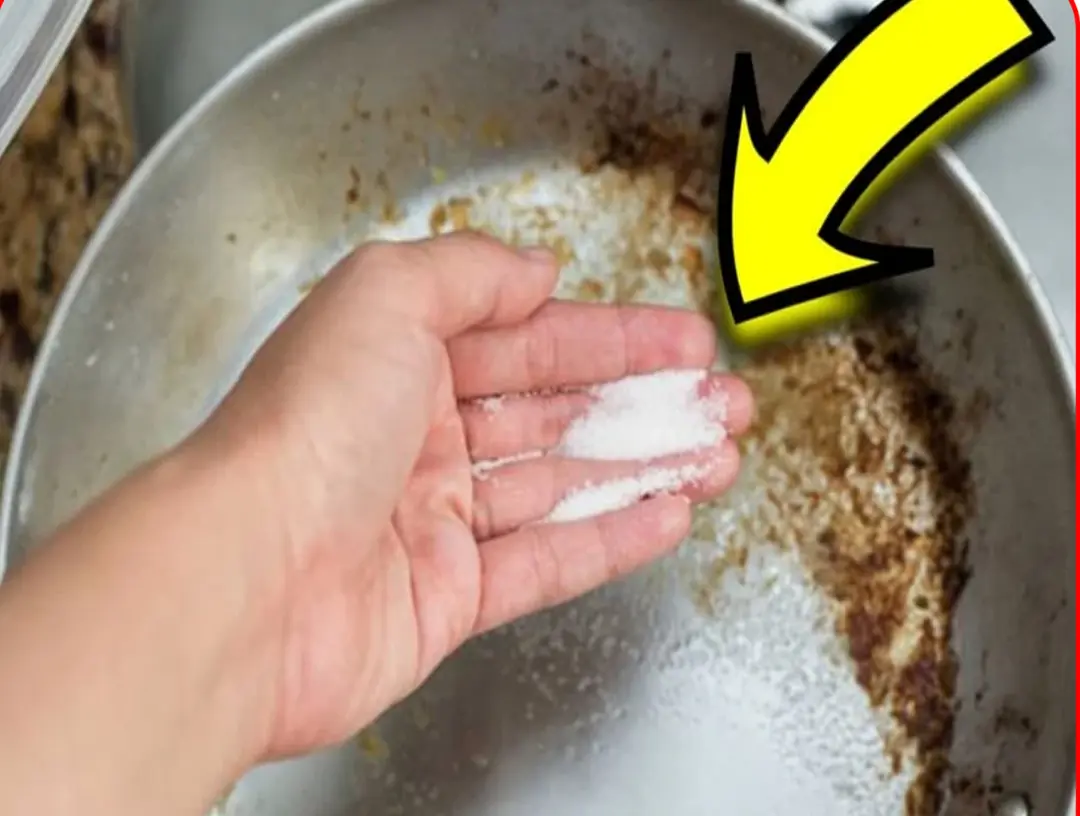
News in the same category

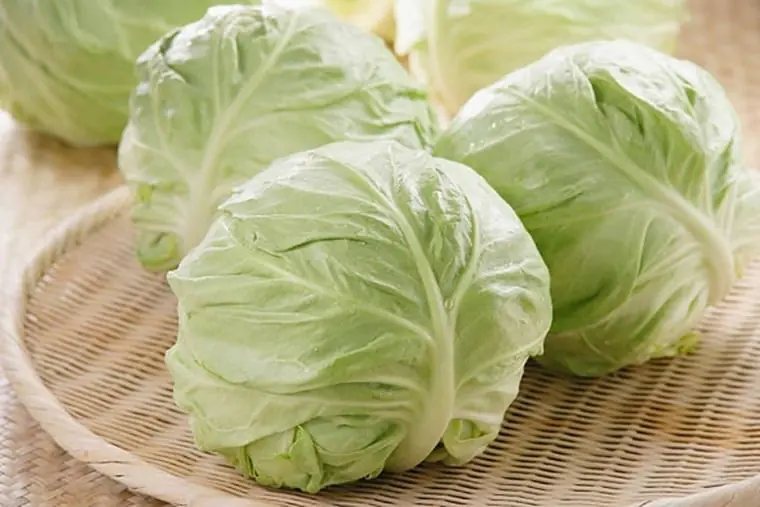
Cabbage Is Nutritious but Harmful for These 5 Groups of People
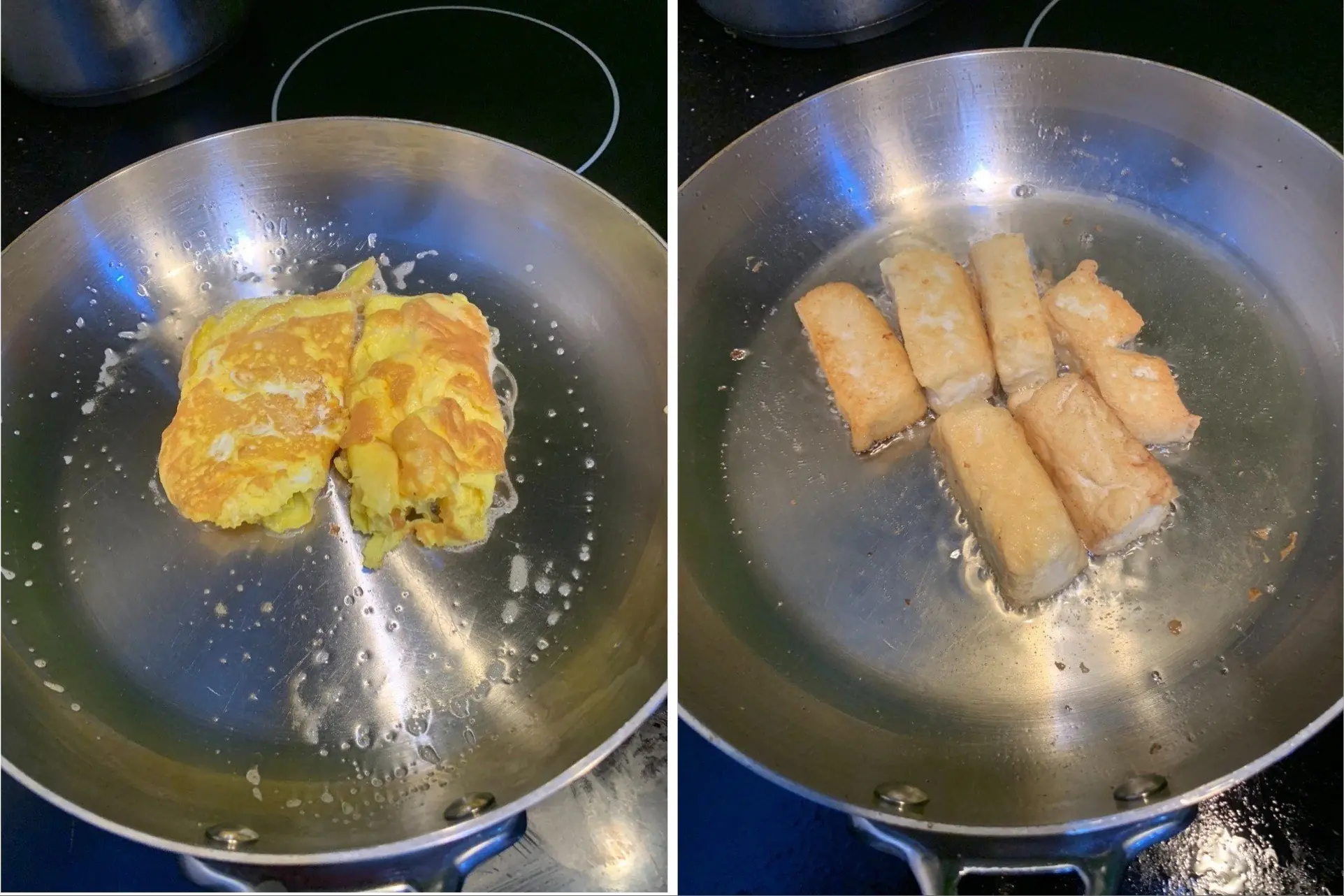
Frying Anything Without Sticking: Just Add This Liquid to the Pan
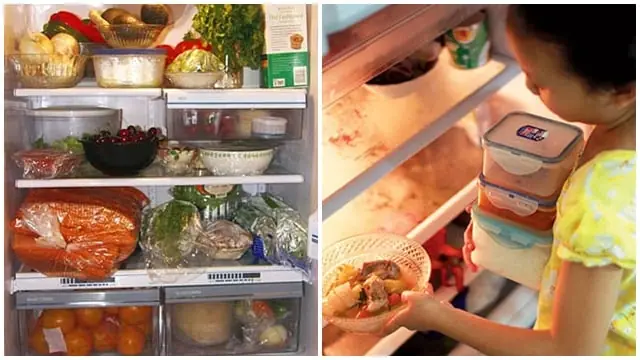
Eliminate Refrigerator Odors with Just Two Common, Cheap Items
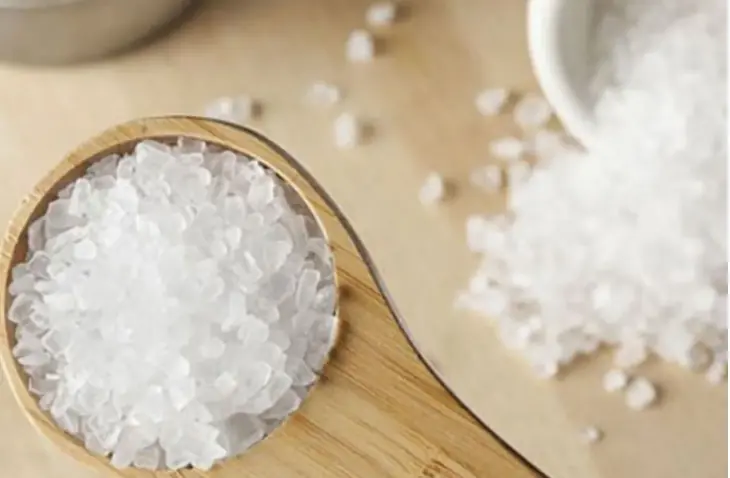
This One Superfood Could Tackle Major Health Issues—Here’s What You Need To Know
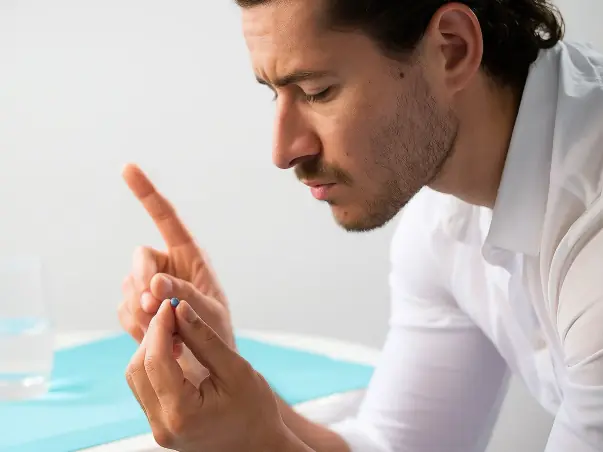
Male contraceptive pill appears to be safe without side effects in early trials
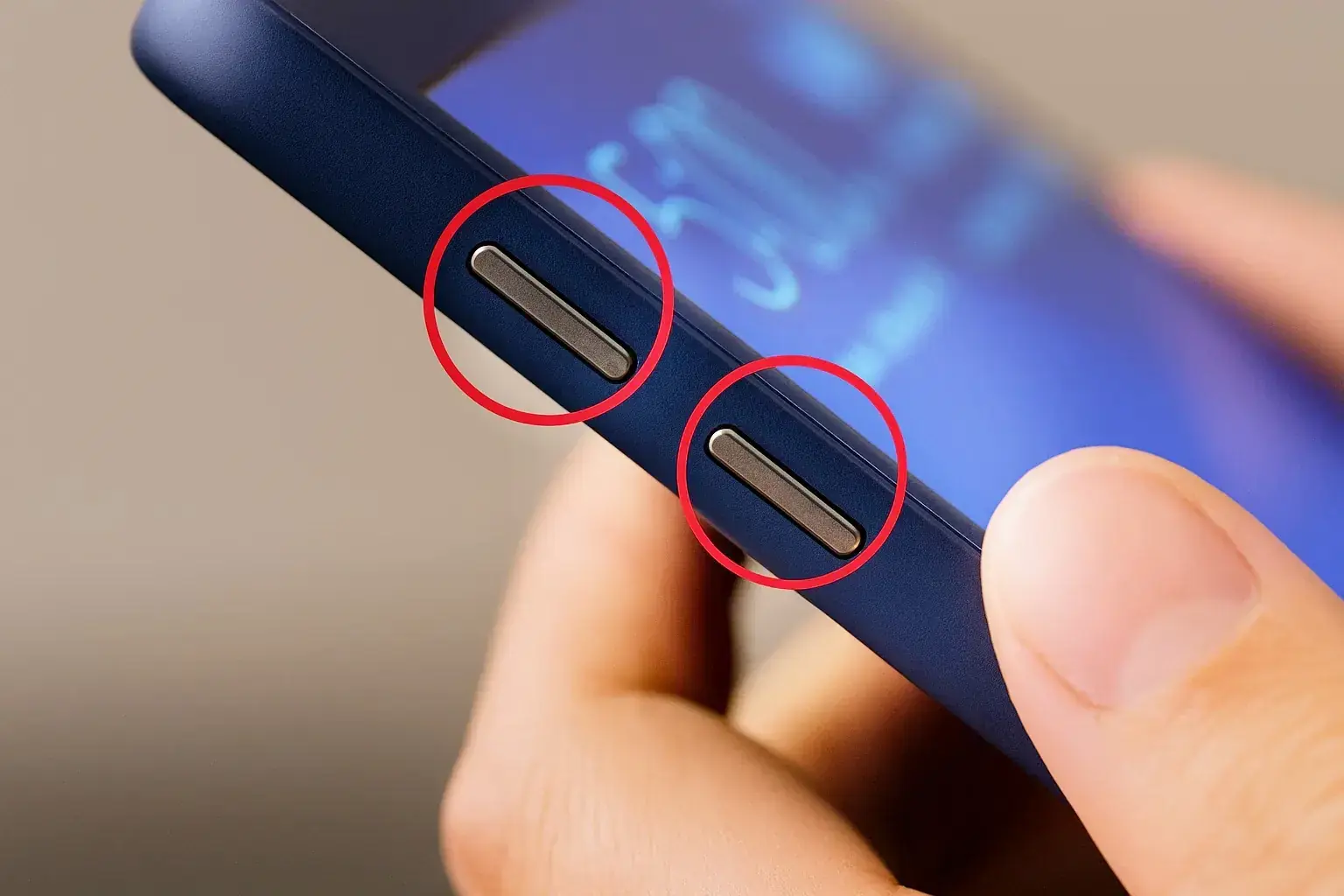
The Volume Buttons on Your iPhone Have Countless Hidden Features

4 Things You Should Never Say At A Funeral — No Matter What

Mass Panic as ‘New Baba Vanga’ Predicts Majo Disasters Striking in Just One Month

8 Early Warning Signs Of Ovarian Cancer You Shouldn’t Ignore

5 foods you should never keep overnight

Pain ON The Left Side Of The Body: What it could mean?

3 Ways to Prevent Snakes from Entering Your House: Protect Your Family
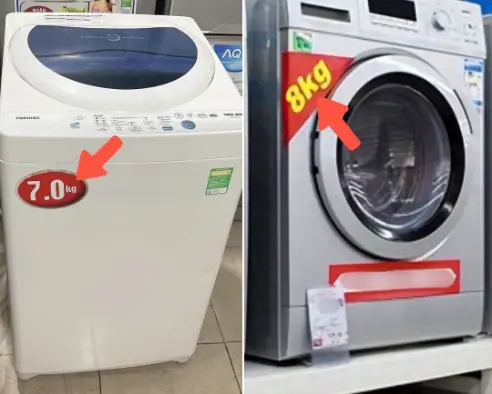
When a Washing Machine Shows 7kg, 8kg, or 10kg, Is That the Weight of Dry or Wet Clothes?

Don’t wear these two types of slippers on the plane—they can compromise your safety
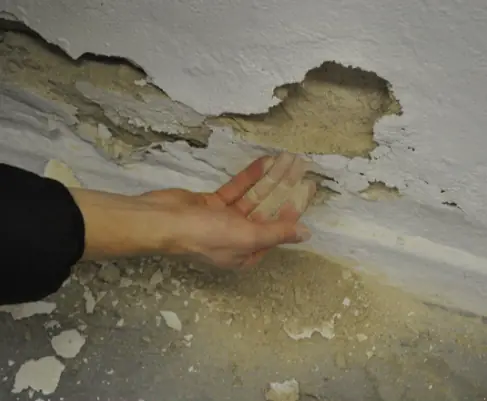
On Humid Days, Walls Are Prone to Mold and Peeling
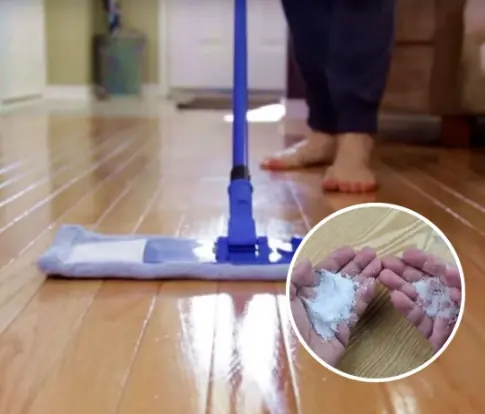
You Don’t Need to Mop the Floor All Week, But It Will Still Be Spotless Thanks to These 4 Amazing Tips That Very Few People Know
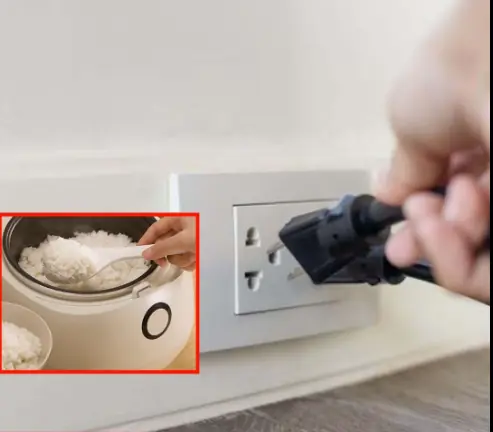
Do you need to unplug the rice cooker after the rice is cooked?
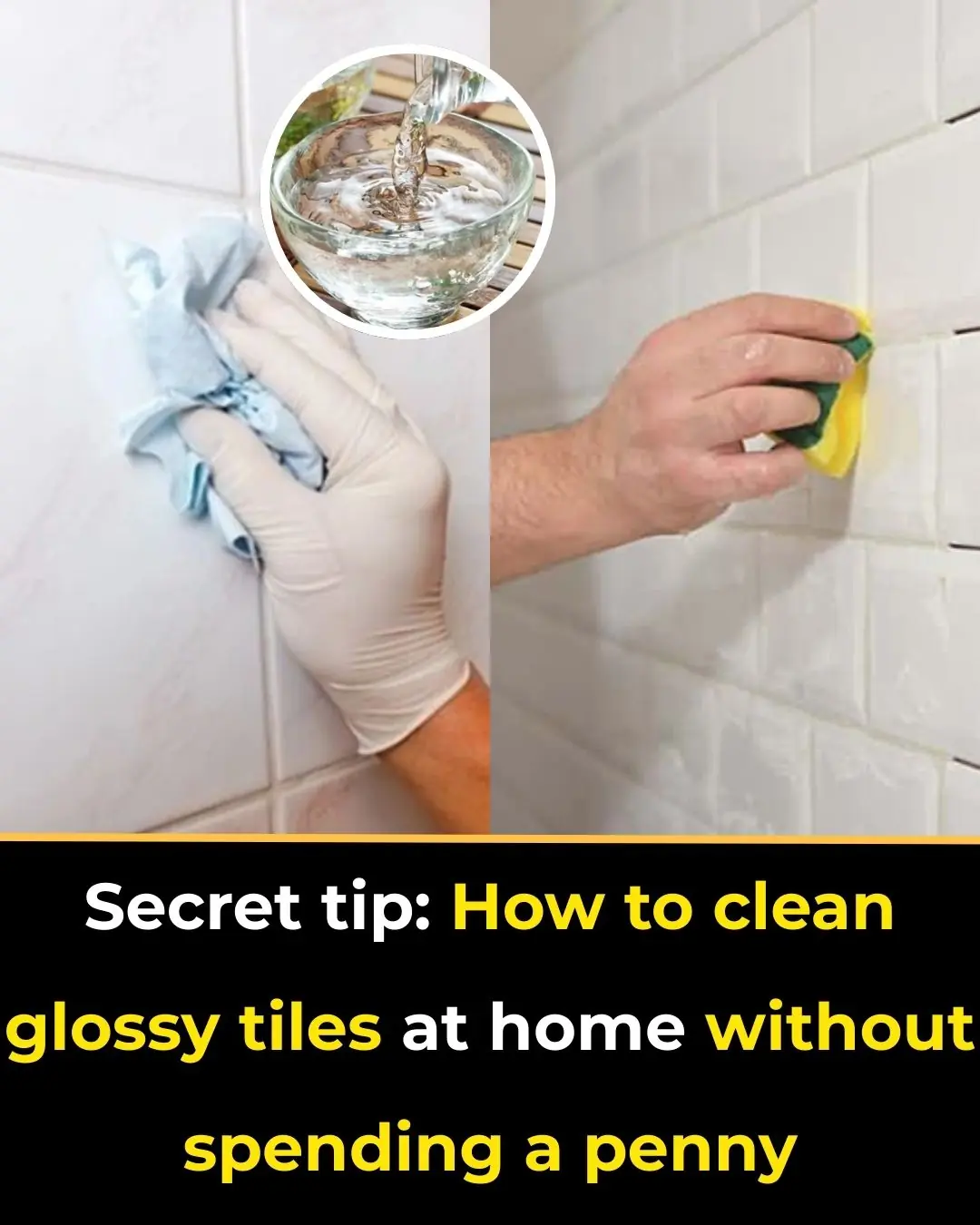
Effective and simple ways to restore a non-stick pan without needing to replace it
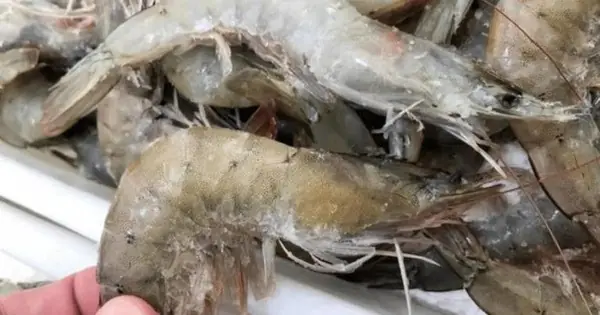
Defrosting Shrimp by Soaking in Water Is a Mistake
News Post
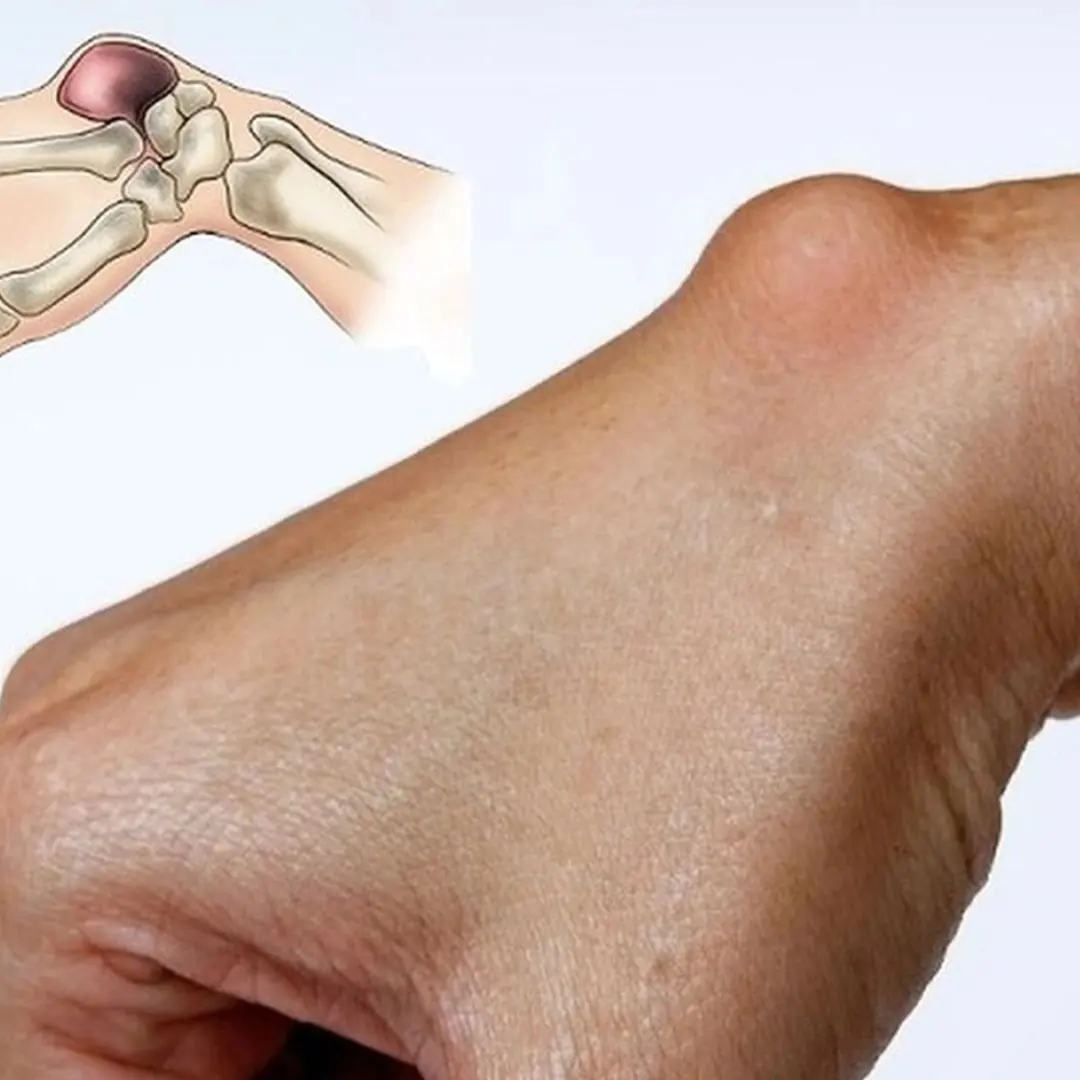
Unusual lump appears on the wrist: Don't ignore it because it could be a warning sign of a dangerous disease
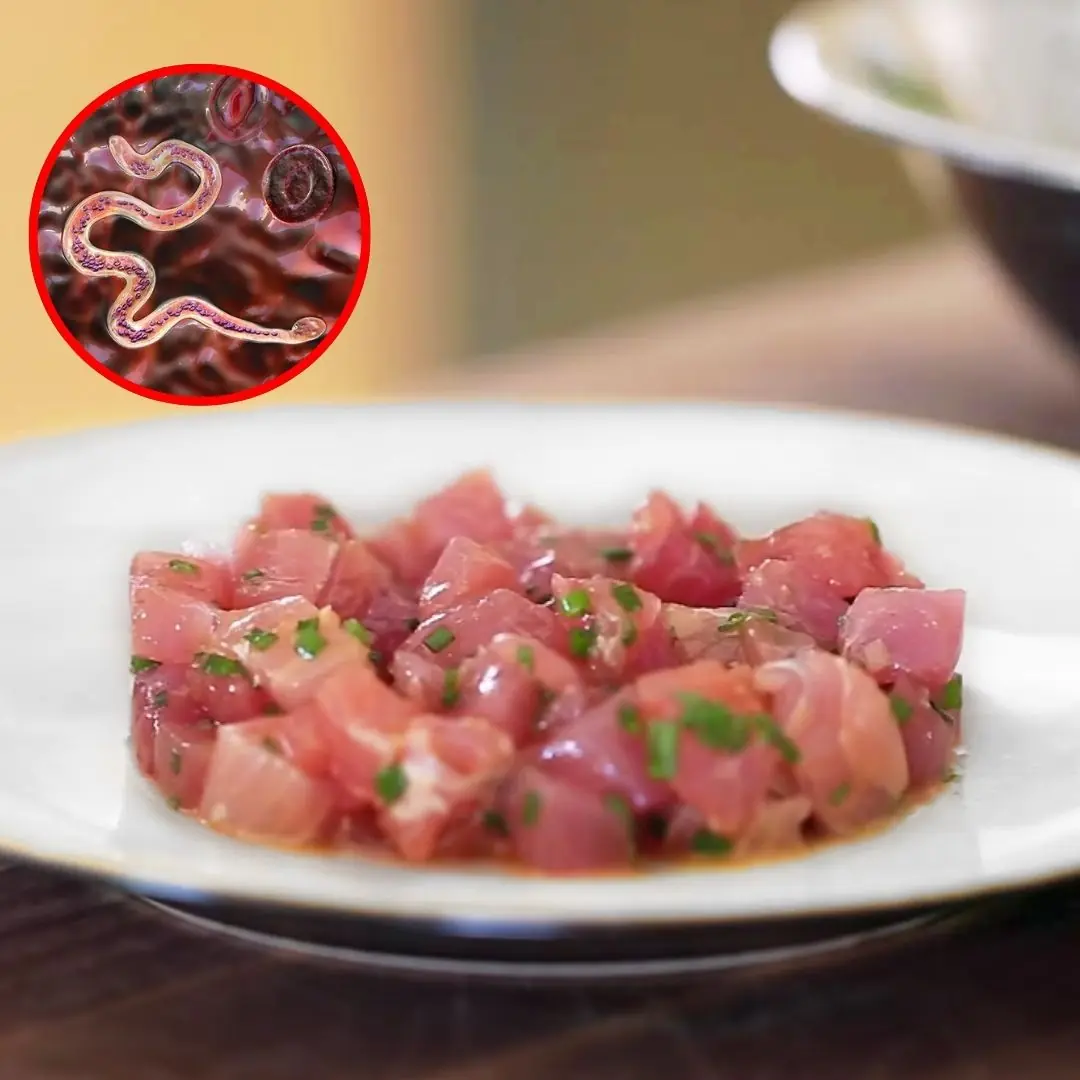
5 familiar foods are "hosts of parasites", eating them raw is like inviting disease into your body

Soak Pomegranate Peel in White Vinegar – A Simple Trick That Solves Countless Household Problems
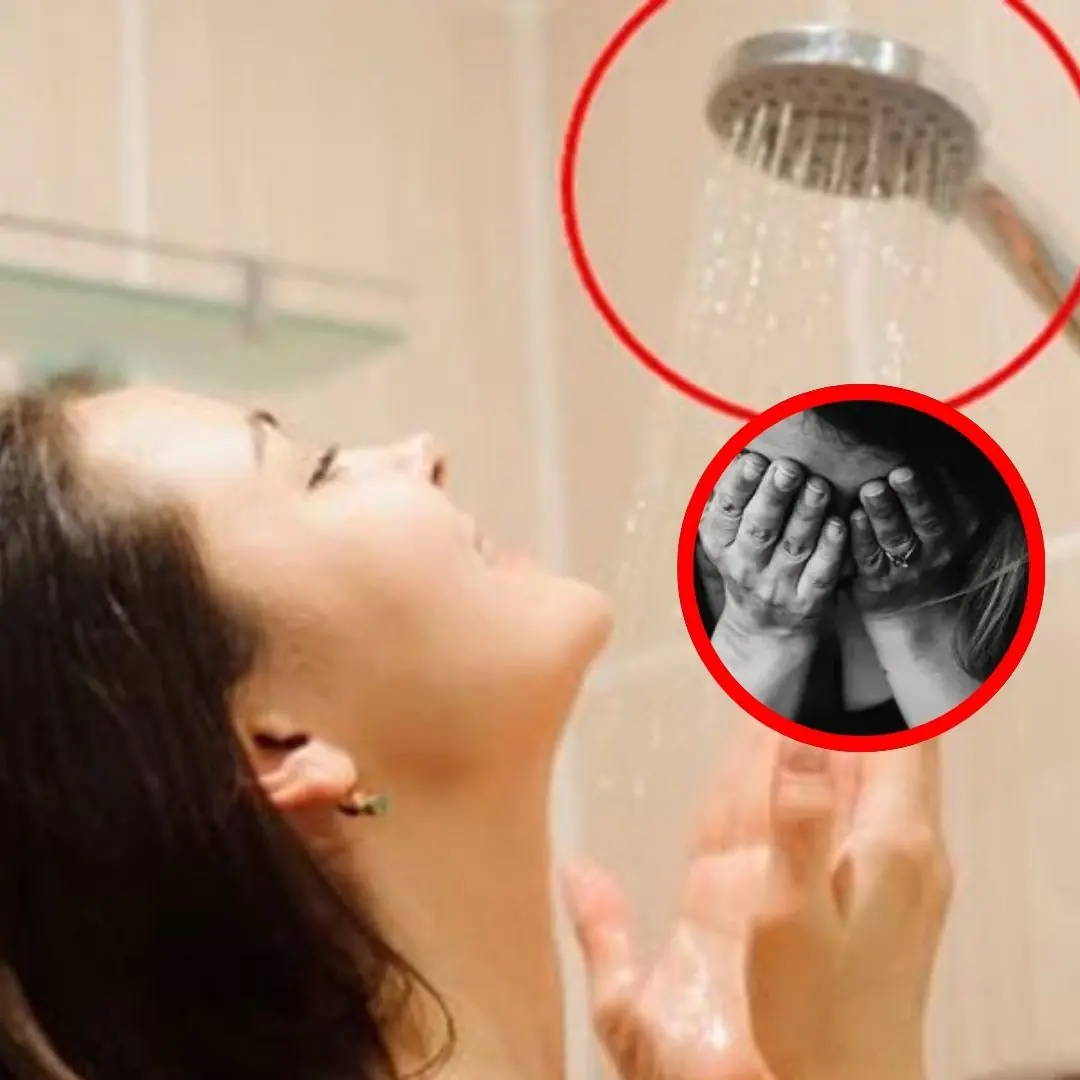
5 times you should never take a shower
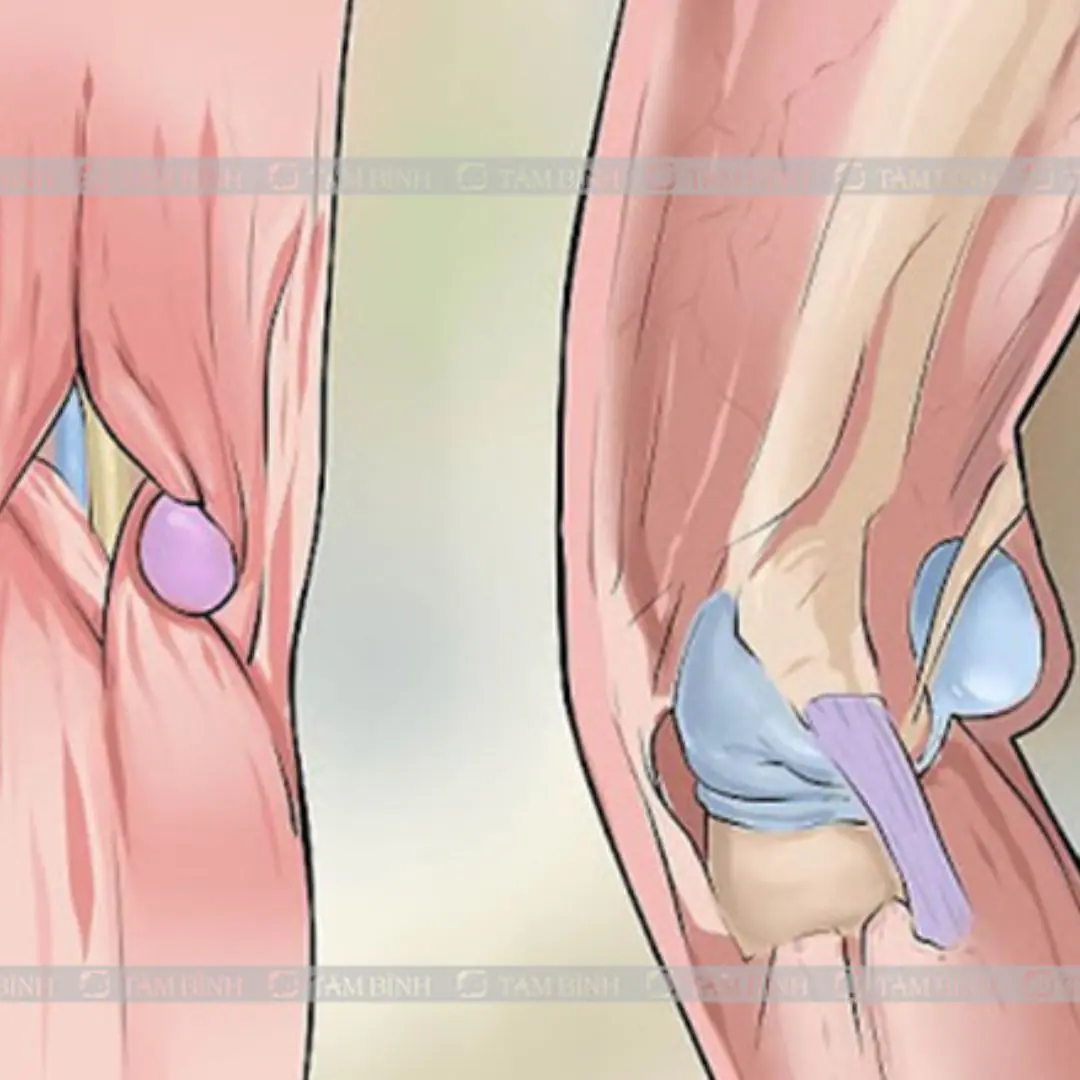
Muscle pain behind the knee, a dangerous symptom that should not be ignored
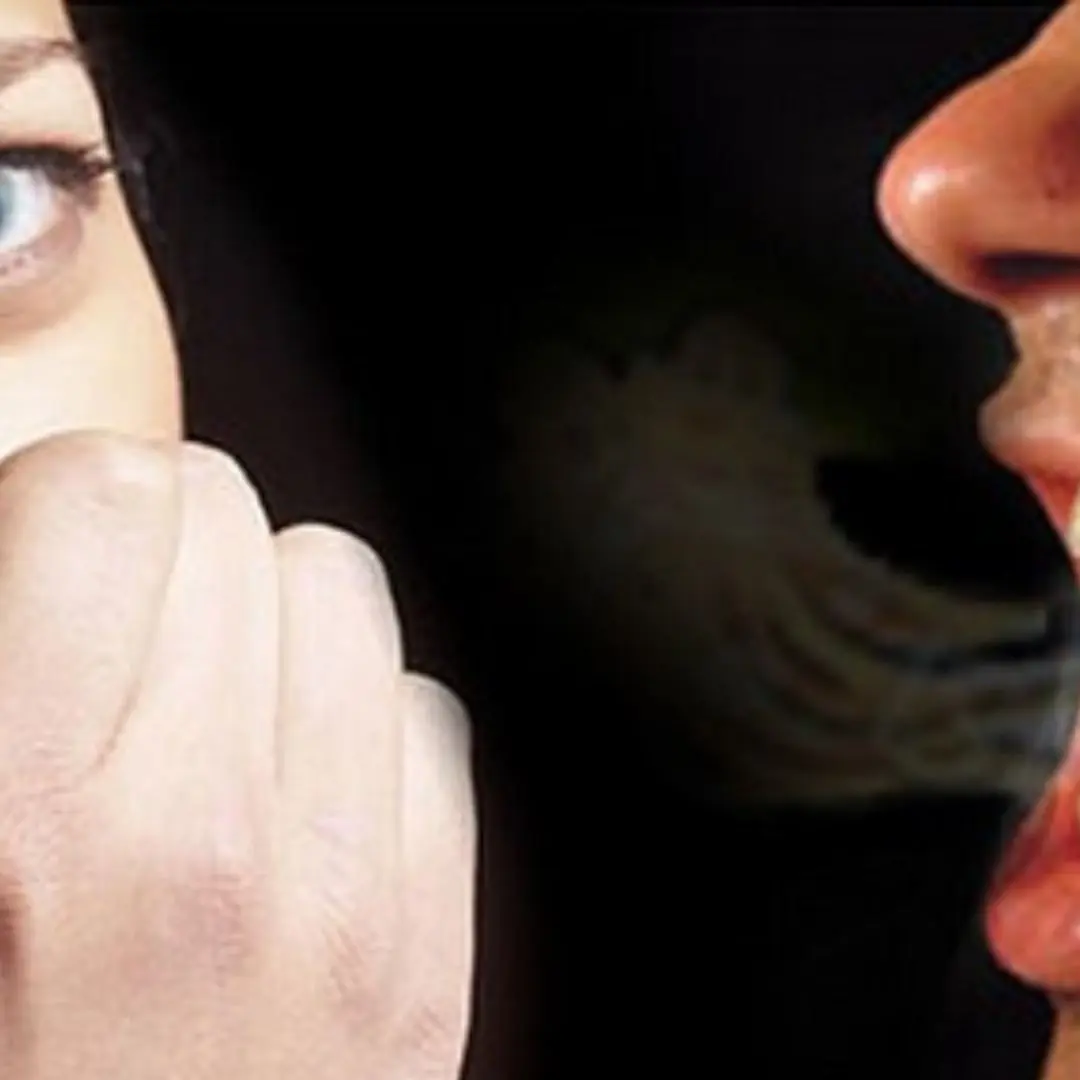
If your saliva smells bad, you may have...
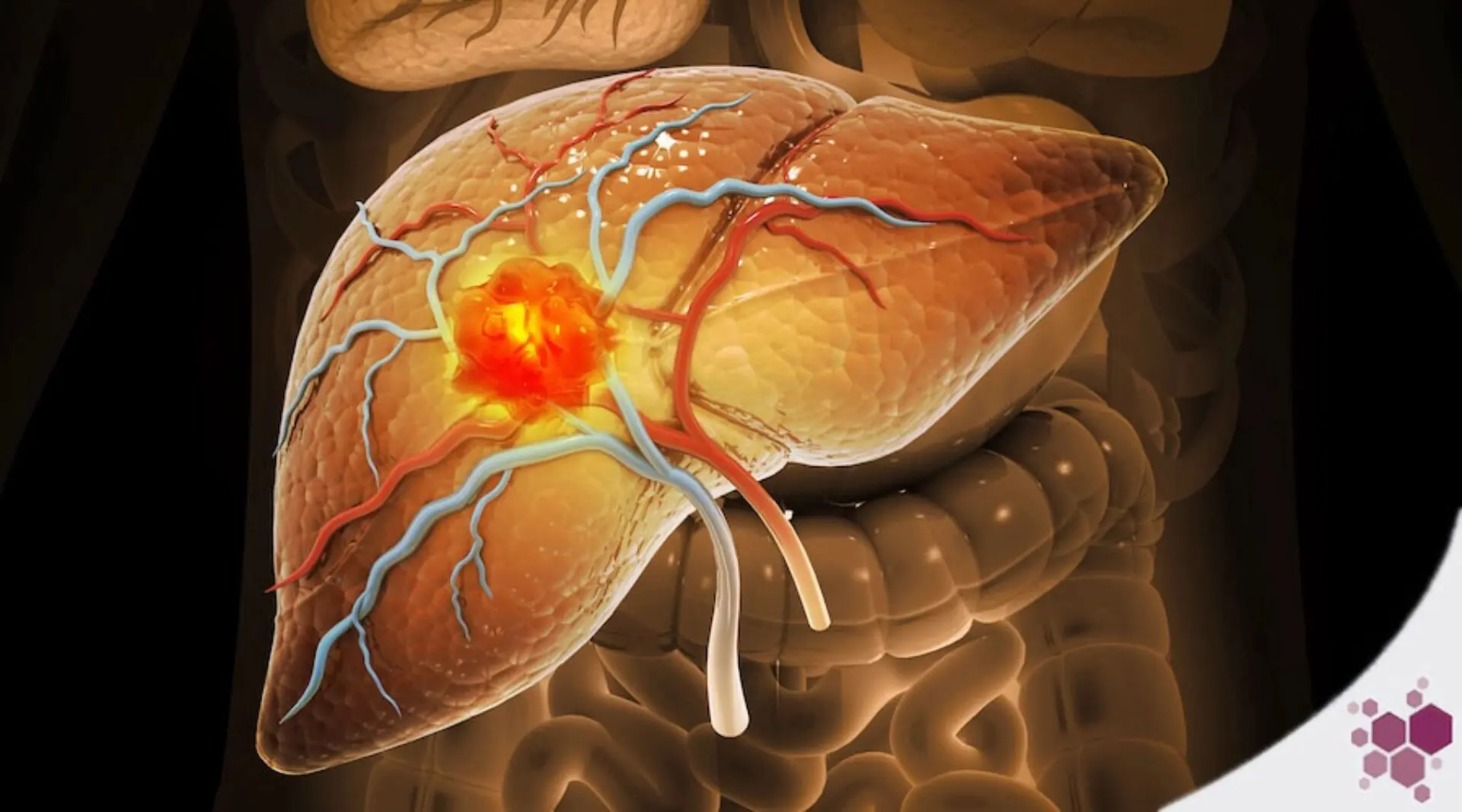
Li.ver Can.cer “Fears” These 7 Foods

Cabbage Is Nutritious but Harmful for These 5 Groups of People
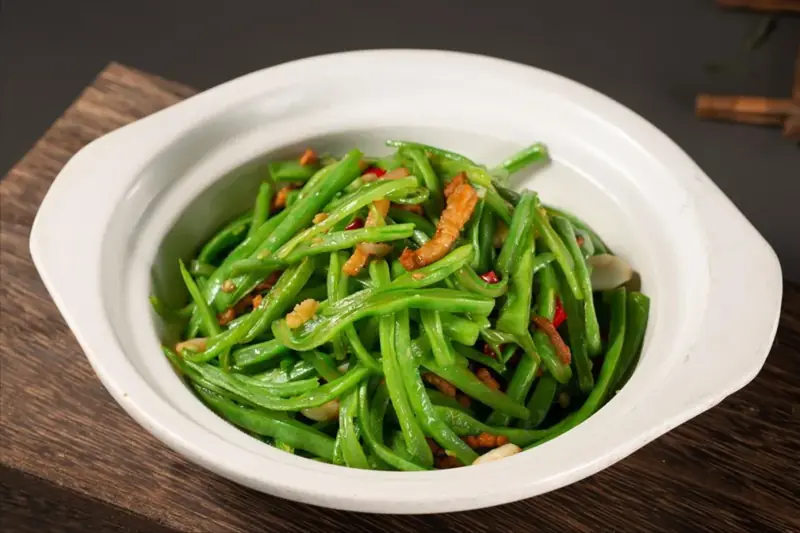
5 Types of Vegetables That “Naturally Contain Toxi.ns”
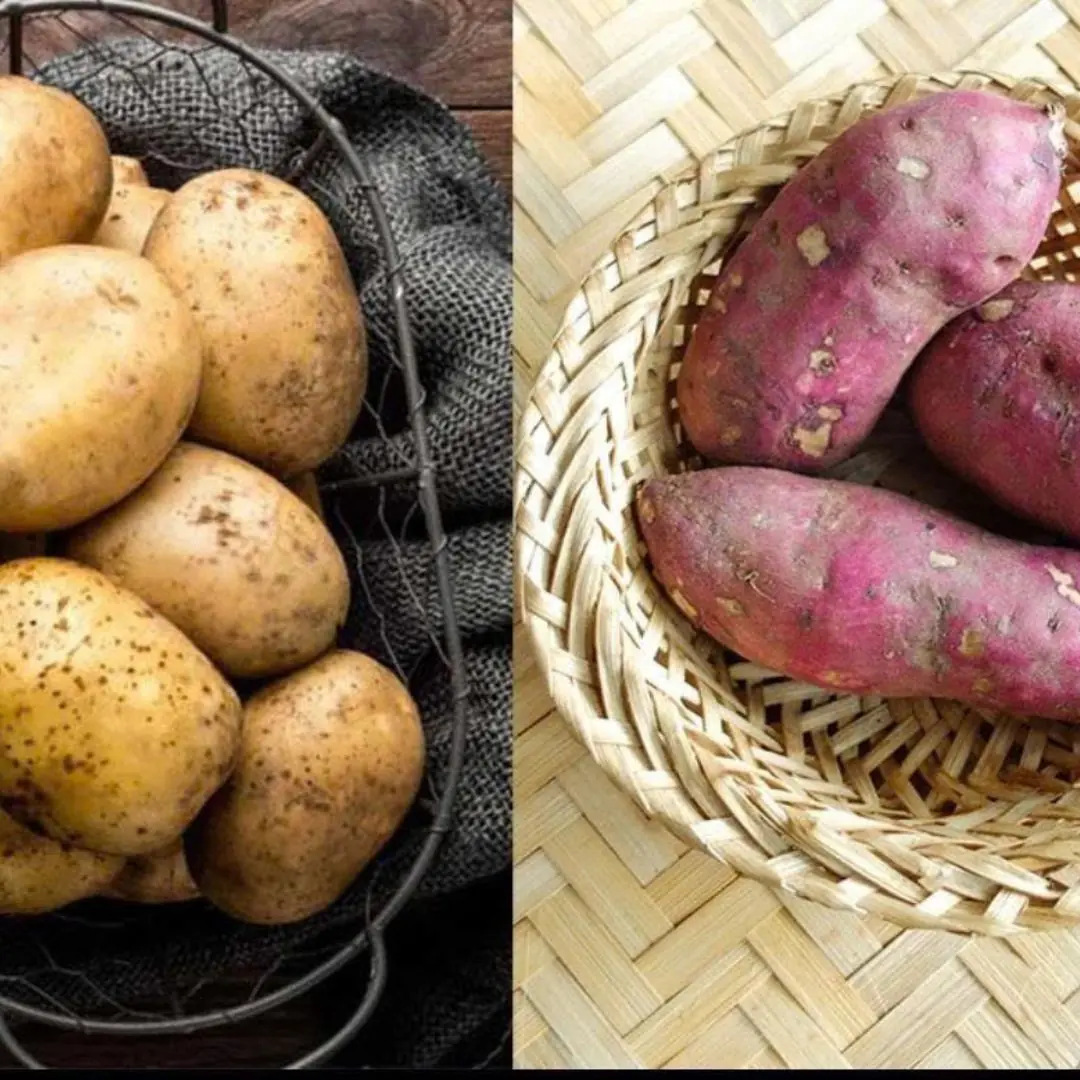
Sweet Potato vs. Potato: The Truth About Their Health Benefits
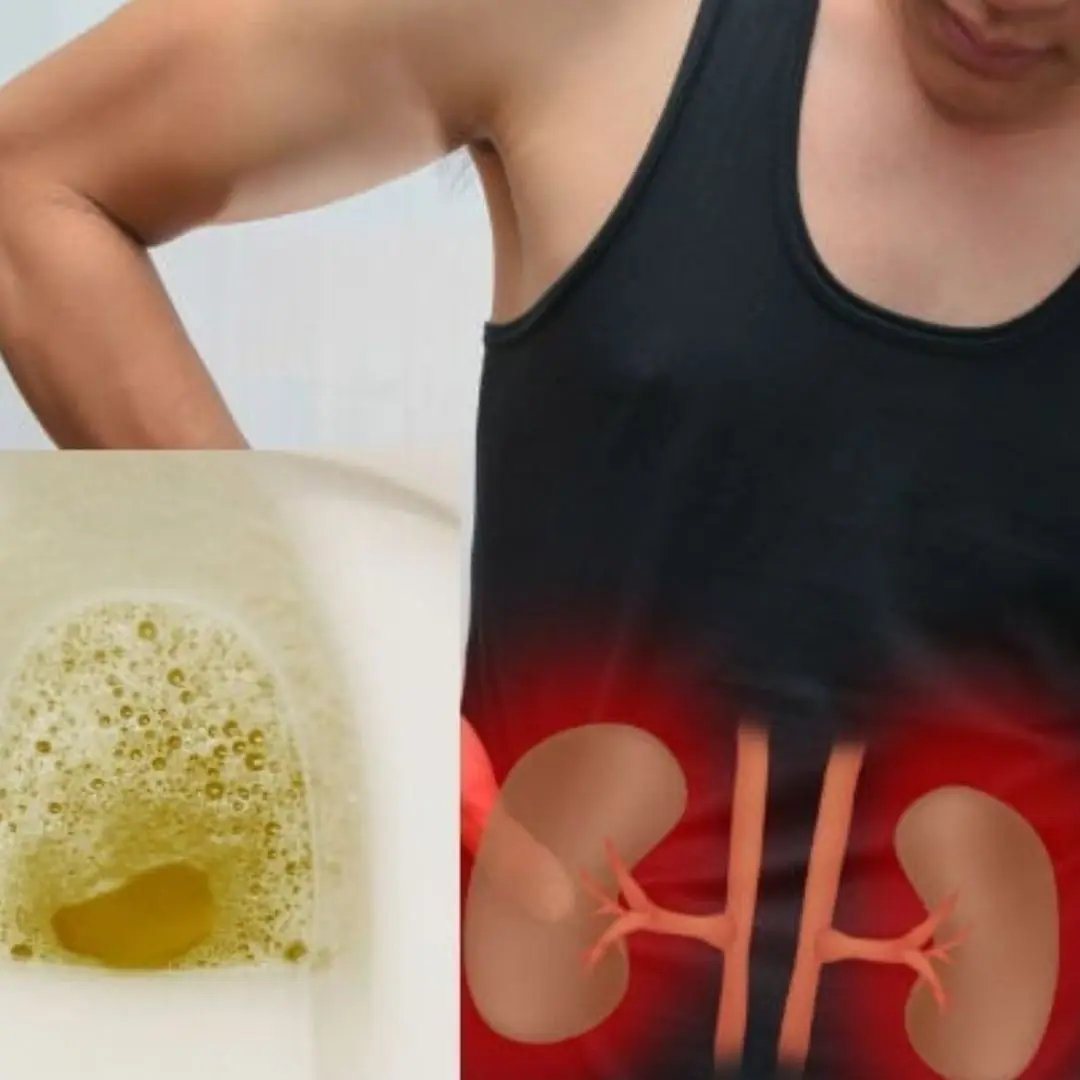
Waking up with foamy urine: Warning of 3 serious illnesses, number 1: Go to the hospital quickly
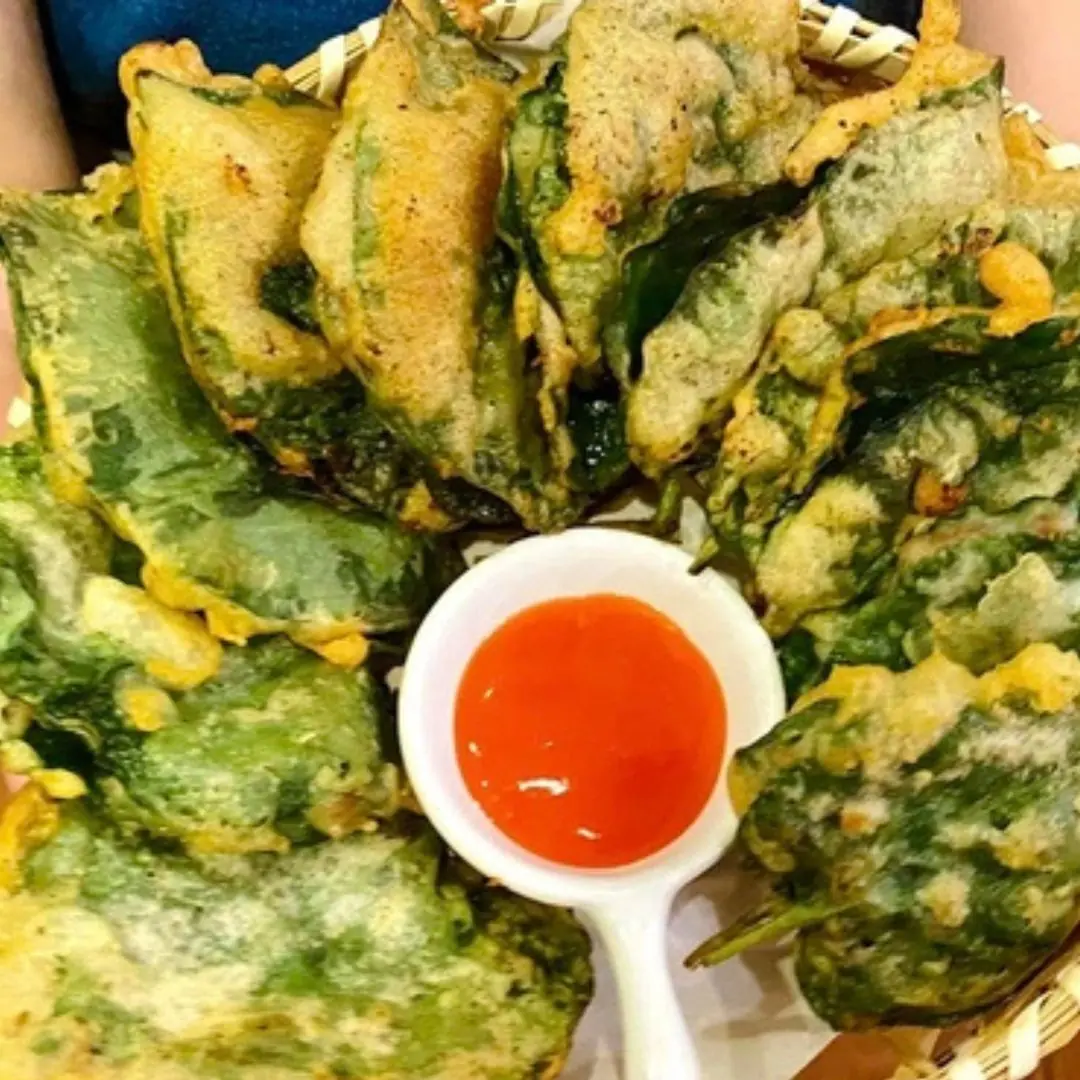
These common garden leaves could be a natural remedy for bone and joint problems—yet many overlook their power

Waking up with 6 strange tastes in your mouth, watch out for internal organs being sic.k

Headaches at these times warn of extremely dang.erous diseases

These 4 parts of a pig may be delicious and inexpensive, but you shouldn’t eat them too often—don’t let greed harm your health
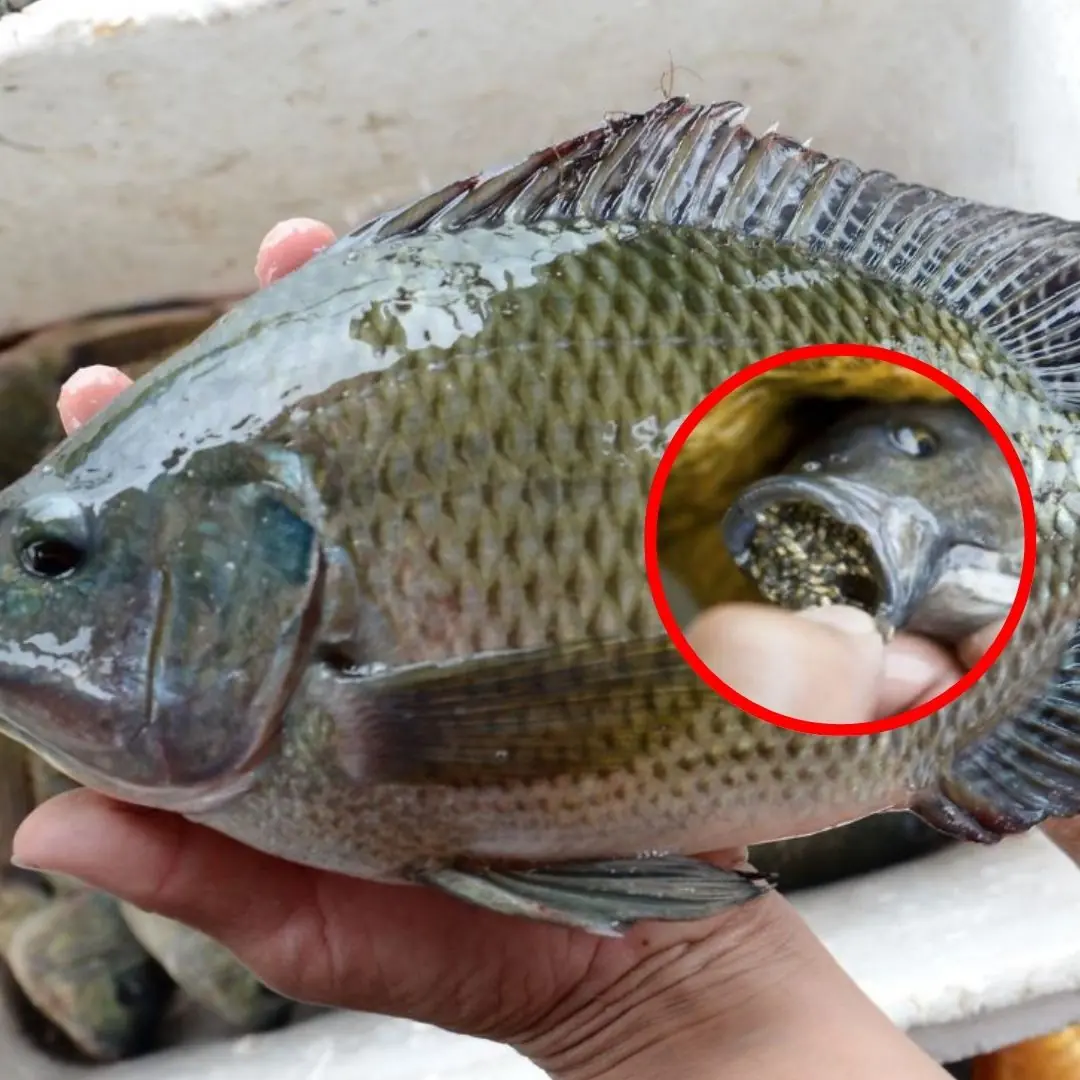
Reasons why you should stop eating tilapia as soon as possible
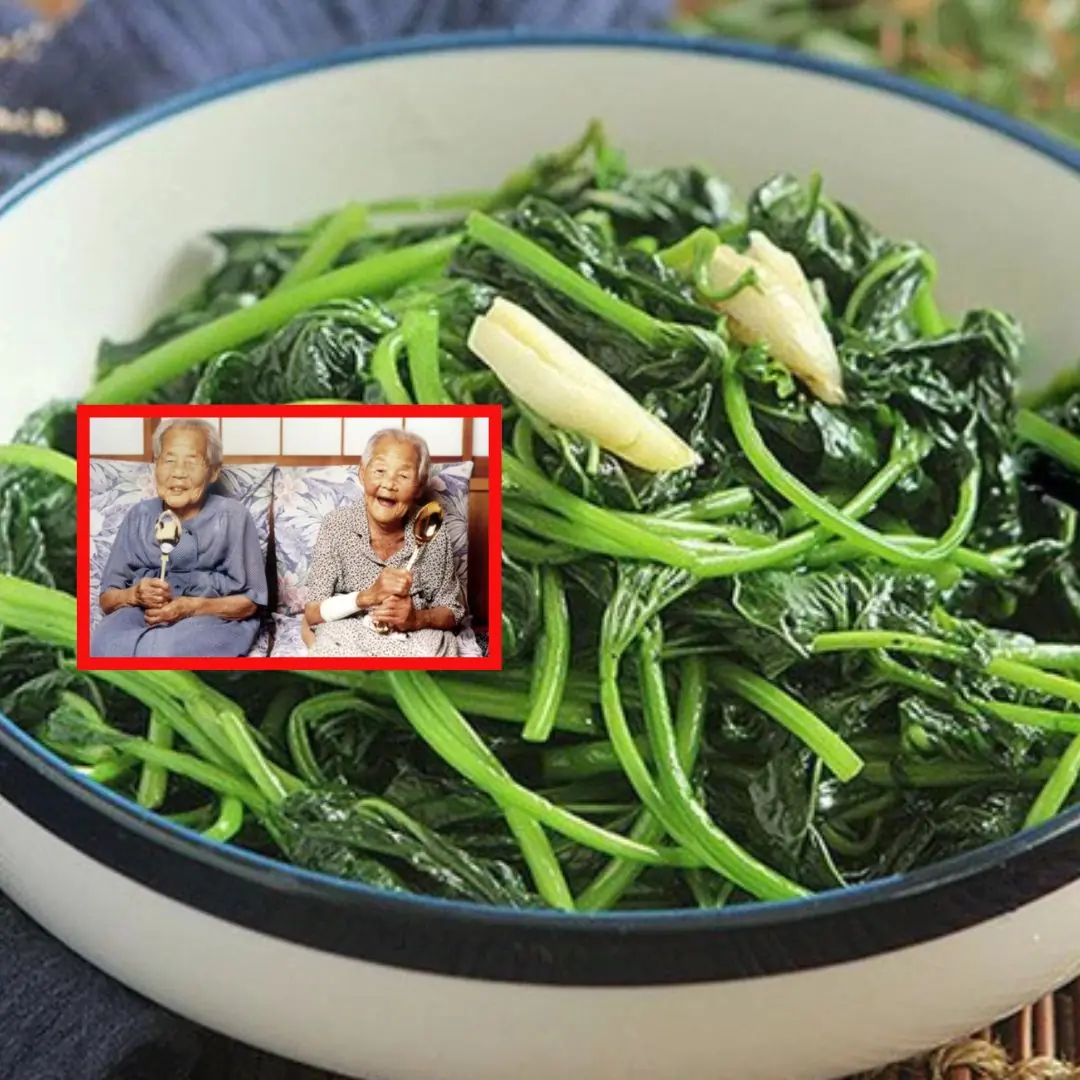
Rich in nutrients, these 3 vegetables are considered by the Japanese as a longevity eli.xir

Frying Anything Without Sticking: Just Add This Liquid to the Pan

2 Hygiene Habits That “Damage” the Inti.mate Area
